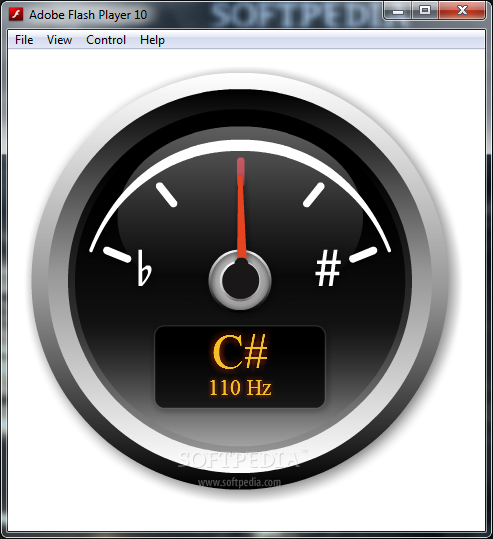

Not only that, it contains a number of built-in search algorithms to make the search process even easier for us. Easily configure your search space with a define-by-run syntax, then leverage one of the available search algorithms to find the best hyperparameter values for your models. KerasTuner is an easy-to-use, scalable hyperparameter optimization framework that solves the pain points of hyperparameter search. Although Keras Tuner still stands as a separate library, it is very closely integrated with TensorFlow and of course, Keras as well. With all this, Keras Tuner and its functionalities also became easily available. Instead of importing it separately, now we can use tensorflow.keras to access all the modules. Keras officially became a high-level API for TensorFlow with TensorFlow 2.0. After running the script for hyperparameter tuning, we will analyze the results and discuss what further steps to take.Here, we will not tune the epochs and batch size as we did in the last tutorial.Moving on to the coding section, we will tune the parameters specific to the deep learning model.We will be changing the dataset compared to the previous tutorial to make things a bit more interesting. Then we will explore that dataset that we will use here.We will start with a brief introduction to Keras Tuner.Now, let’s take a look at what we will cover in this tutorial. If you are completely new to hyperparameter tuning in deep learning, then the above posts will surely help. Hyperparameter Tuning with PyTorch and Ray Tune.


Hyperparameter Search with PyTorch and Skorch.Manual Hyperparameter Tuning in Deep Learning using PyTorch.An Introduction to Hyperparameter Tuning in Deep Learning.Starting with the basic theory of hyperparameter tuning, to hands-on coding using PyTorch, Skorch, and Ray Tune, we cover a lot of topics. And we will use Keras Tuner for hyperparameter tuning of our model built using TensorFlow.īefore moving ahead, if you wish to take a look at the previous tutorials, then you can visit the following links. We will use TensorFlow as the framework of choice. In all the previous tutorials, we use the PyTorch framework with the same dataset so that we can compare the results. And from the results, it was quite clear that hyperparameter tuning, although computationally expensive, is quite helpful in finding the best model that we can. In the past few posts, we have been covering hyperparameter tuning quite extensively. Download the Source Code for this Tutorial


 0 kommentar(er)
0 kommentar(er)
